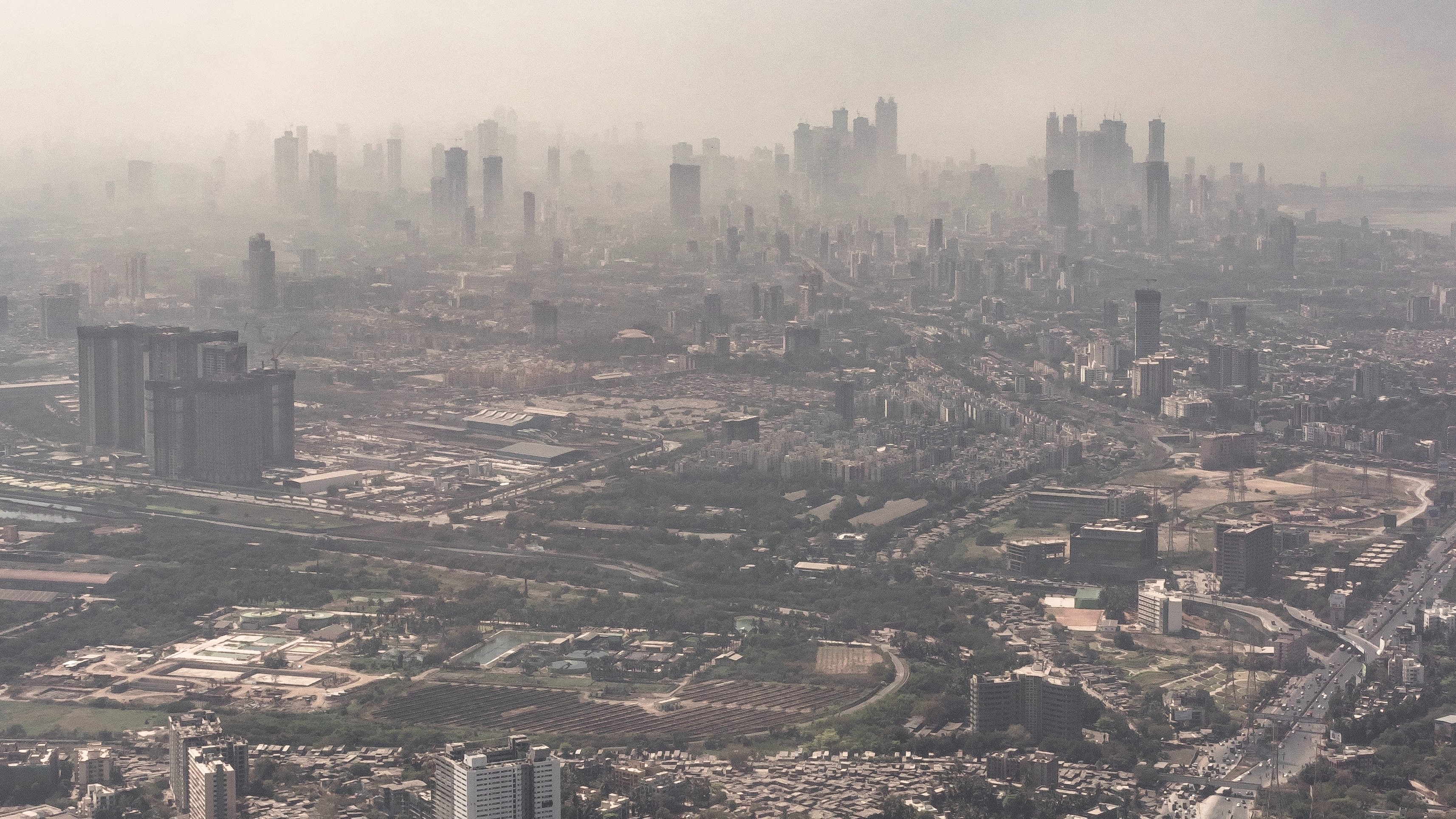
Researchers in China have developed a lidar-based system that can capture images of humans at huge distances, even through thick pollution.
A team from the University of Science and Technology in Shanghai created a system that can capture subjects at a distance of 28 miles using sensors capable of detecting a single photon, together with an algorithm that 'knits' together sparse data points to create a high resolution image.
- The best cameras of 2019: the 10 best to buy right now
- On a budget? Check out our guide to the best cheap cameras of 2019
- 41 tips and tricks to improve your photography
The system works in a similar way to lidar, sending out a pulse of laser light and then mapping the light that bounces back. This technique means it's able to record images even through the smog that's a huge problem in densely populated cities.
Looking to the future
The system could be hugely important for autonomous cars, which rely on cameras to detect and predict the movements of vehicles and pedestrians, but would be rendered useless by severe pollution.
This will be particularly important for cities like Shanghai, where vehicle automation could lead to a huge improvement in air quality. Automakers around the world are planning fleets of autonomous taxis, which would reduce the need for privately owned cars, and therefore cut pollution on city streets.
Get daily insight, inspiration and deals in your inbox
Sign up for breaking news, reviews, opinion, top tech deals, and more.

Cat is TechRadar's Homes Editor specializing in kitchen appliances and smart home technology. She's been a tech journalist for 15 years, having worked on print magazines including PC Plus and PC Format, and is a Speciality Coffee Association (SCA) certified barista. Whether you want to invest in some smart lights or pick up a new espresso machine, she's the right person to help.